Discover the 10 most beautiful castles in Portugal, buildings of different architectural styles that reflect the history of the last millennium.
Imagine the Iberian Peninsula a thousand years ago: religious conflicts, kingdoms built with iron and fire, conquests, kings, queens and betrayals. In short, a veritable Game of Thrones in Portuguese territory. It was no easy task to hold on to so many newly conquered territories, so an essential bulwark had to be built: the castle.
Portugal couldn’t be left out, of course. This type of fortress was sprinkled throughout the country, especially during the Muslim occupation and the Reconquista, when Christian kingdoms were forged between battles. The wars ended, but the legacy remained. How about taking a trip back in time with a list of the 10 most beautiful castles in Portugal?
Castelo de Almourol
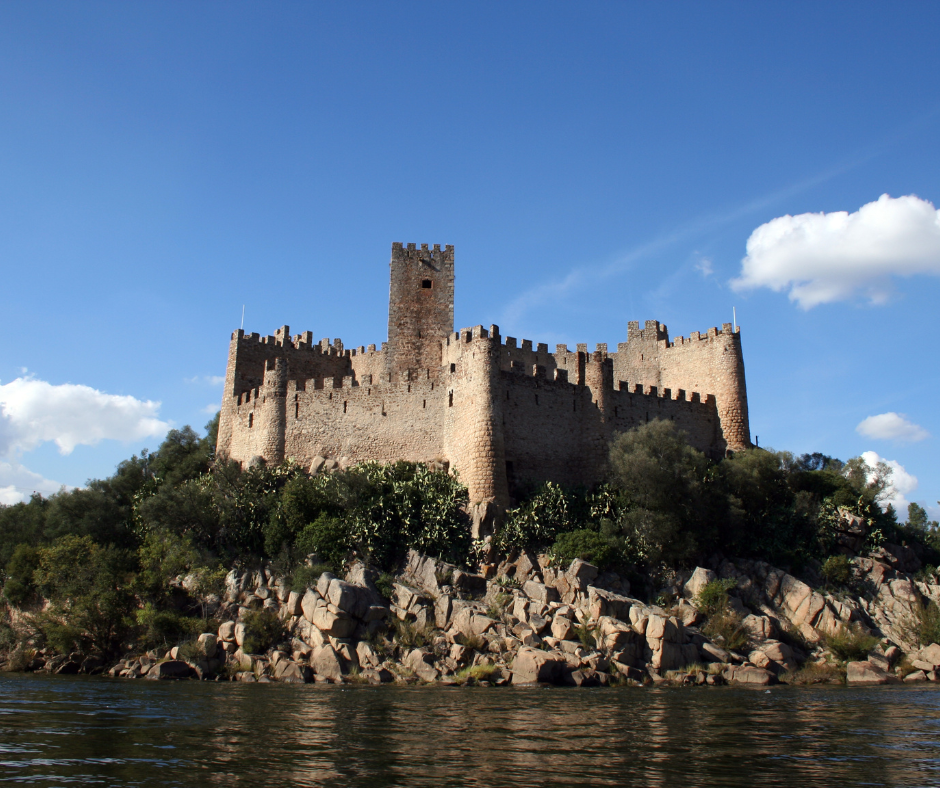
Part of the Templars’ defensive line along the River Tagus, Almourol Castle was built on a small island in the river, in the town of Vila Nova da Barquinha. It was taken by the Christians in 1129 and at the time was called Al-morolan. Today it is considered one of the most emblematic monuments of the Reconquista and was listed as a National Monument in 1910. You can visit it on this excursion to Tomar and Almourol Castle from Lisbon.
Moorish Castle Sintra
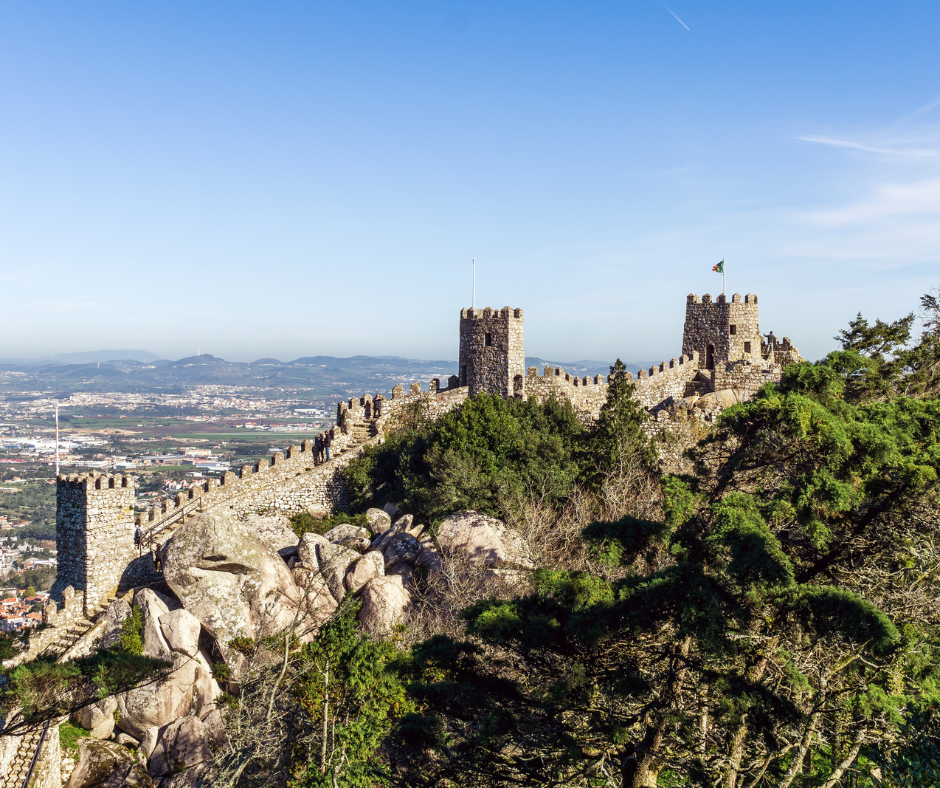
The name is not misleading: the Moorish Castle, or Sintra Castle, was originally built when Sintra was still Muslim territory. After being under the rule of different Moorish kingdoms, which were often in conflict with each other, the town finally fell into Portuguese hands in the 12th century. In 1995, the Sintra region was declared a Cultural Landscape and World Heritage Site by Unesco.
Castle of Silves in Algarve
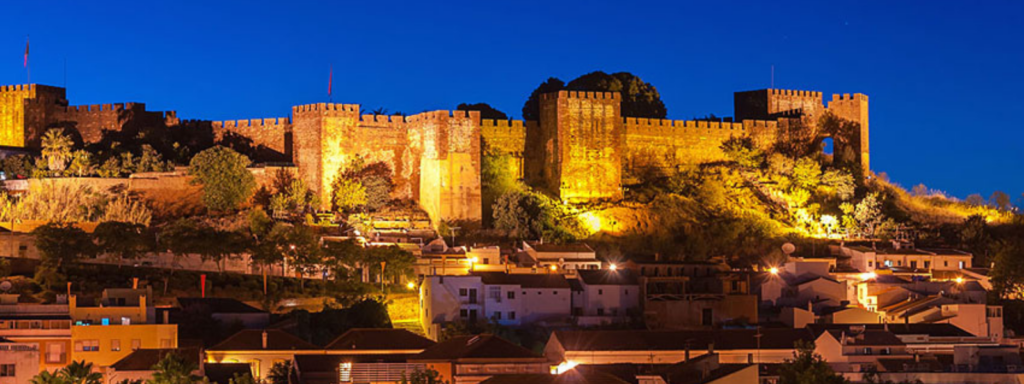
It is considered one of the largest castles in Portugal and one of the best preserved, as well as being a typical example of Islamic military architecture. Silves Castle was the target of several sieges by the Portuguese and was finally taken by King Afonso III in the 13th century. Great boat tour from Ferragudo to Silves.
The Castle of Óbidos
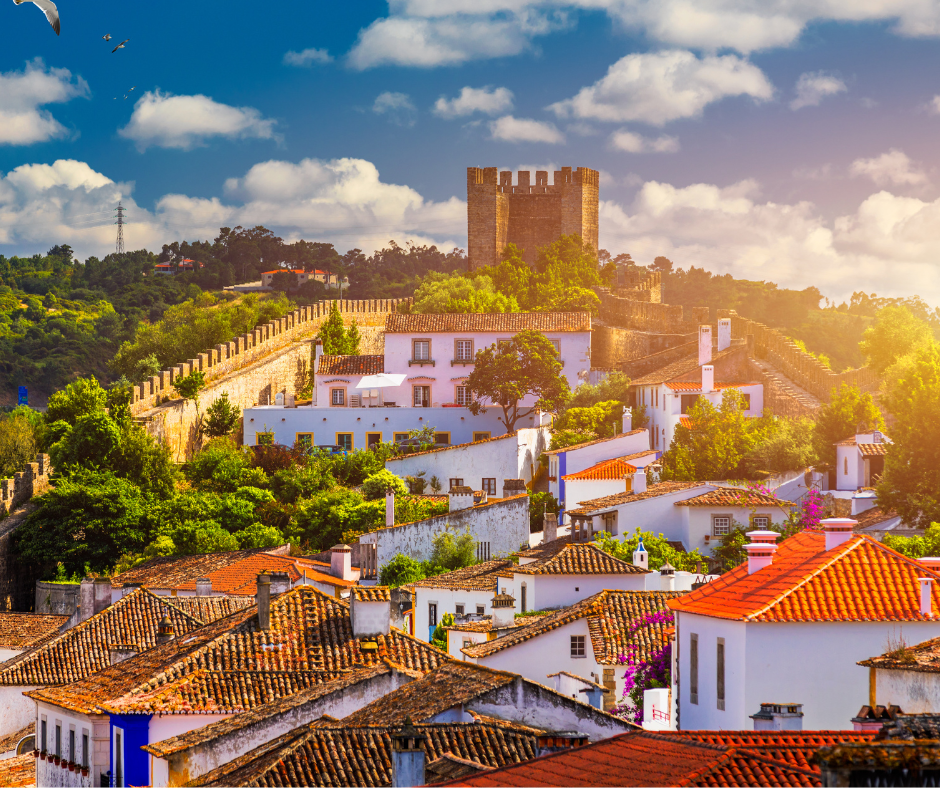
Conquered and consolidated in the kingdom by King Sancho I during the Reconquista, the Óbidos castle complex is protected as a National Monument and is even part of the Pousadas de Portugal network. For around 500 years, the town of Óbidos was traditionally part of the dowry offered to the country’s queens consort.
Guimarães Castle
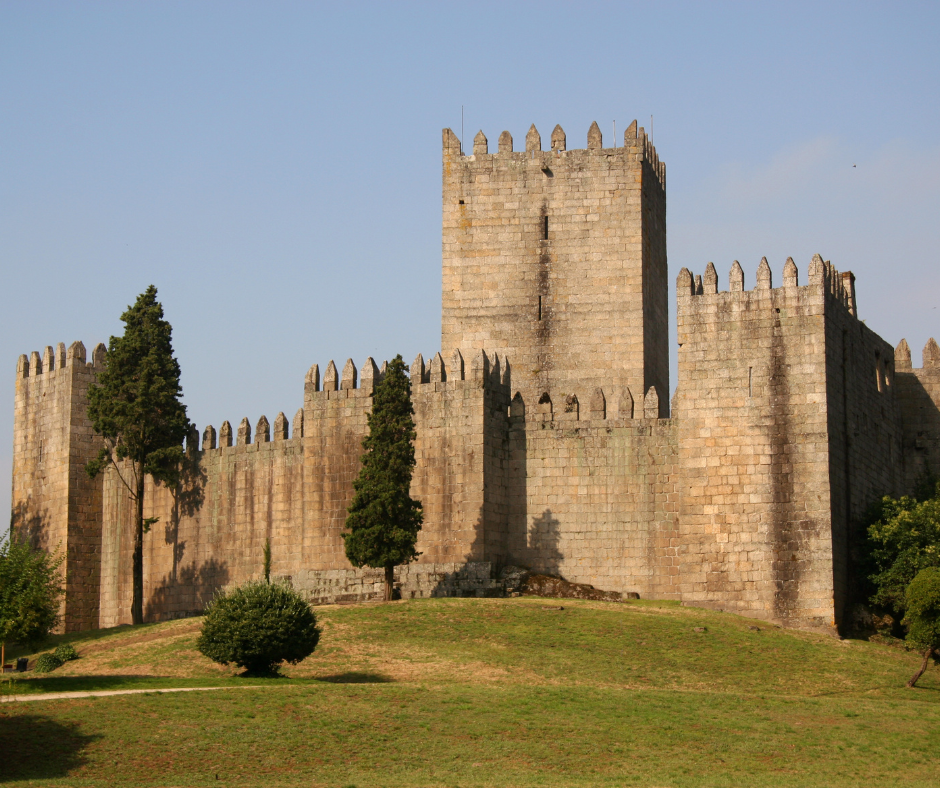
Guimarães Castle and its first walled complex arose from the need to protect the Christian populations living in the surrounding area from enemy attacks. At that time, in the 10th century, the town was called Vimaranes and Portugal didn’t exist as such, since we were in the County of Portucalense, which was basically part of the Kingdom of León. Centuries later, Count Henry of Burgundy and Teresa of León settled in this castle, where their son Afonso Henriques was born, who would later take over the lands of the county from his parents by force and finally found the Portuguese nation. This is why it is said that “Portugal was born here”.
Castle Santa Maria da Feira
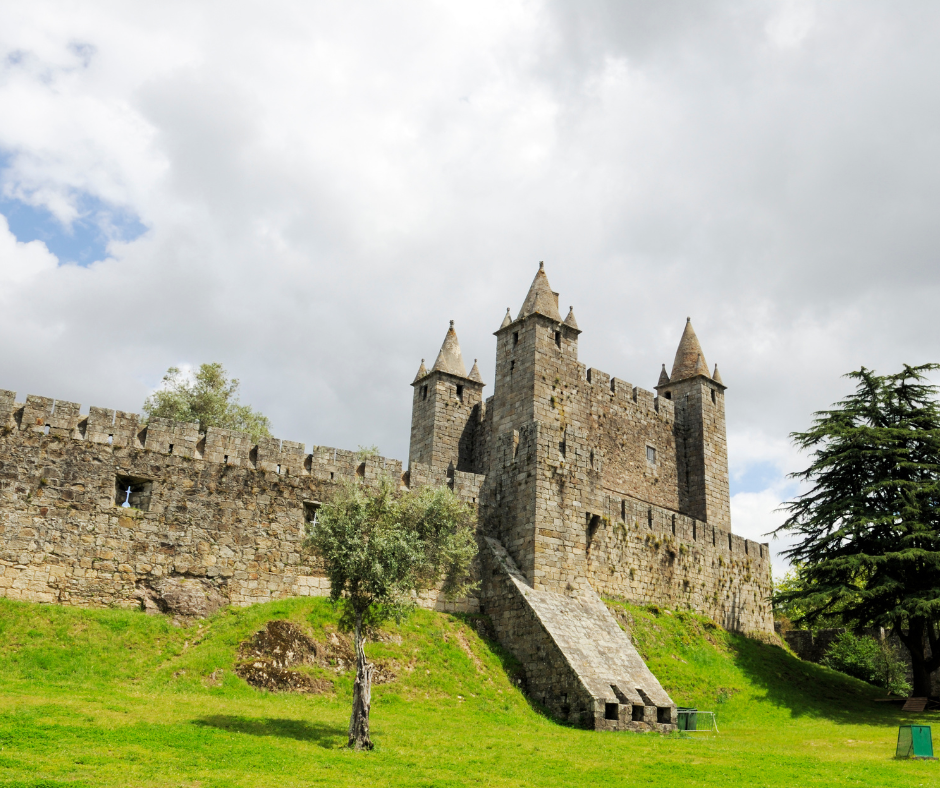
It is considered one of the best examples of medieval military architecture in the country due to the diversity of defensive construction techniques used over the centuries. The Castle of Santa Maria da Feira was also one of the most important bastions for the country’s independence, since it was in these lands that the military organization around King Afonso Henriques was outlined, in opposition to the political plans of his mother, Teresa of León.
Tomar Castle

Tomar Castle, together with the Convent of Christ, is a complex that should be seen as a whole. A construction attributed to the Order of the Templars, this complex was declared a UNESCO World Heritage Site in 1983. It was also part of the Tagus defensive line during the reconquest. In the 12th century, it was the target of a major offensive by the Almohad caliph Iacube Almançor, who managed to reconquer the entire territory from the Algarve to the defensive line of the Tagus. However, the Templars resisted the siege of the city.
The Castle of Lisbon
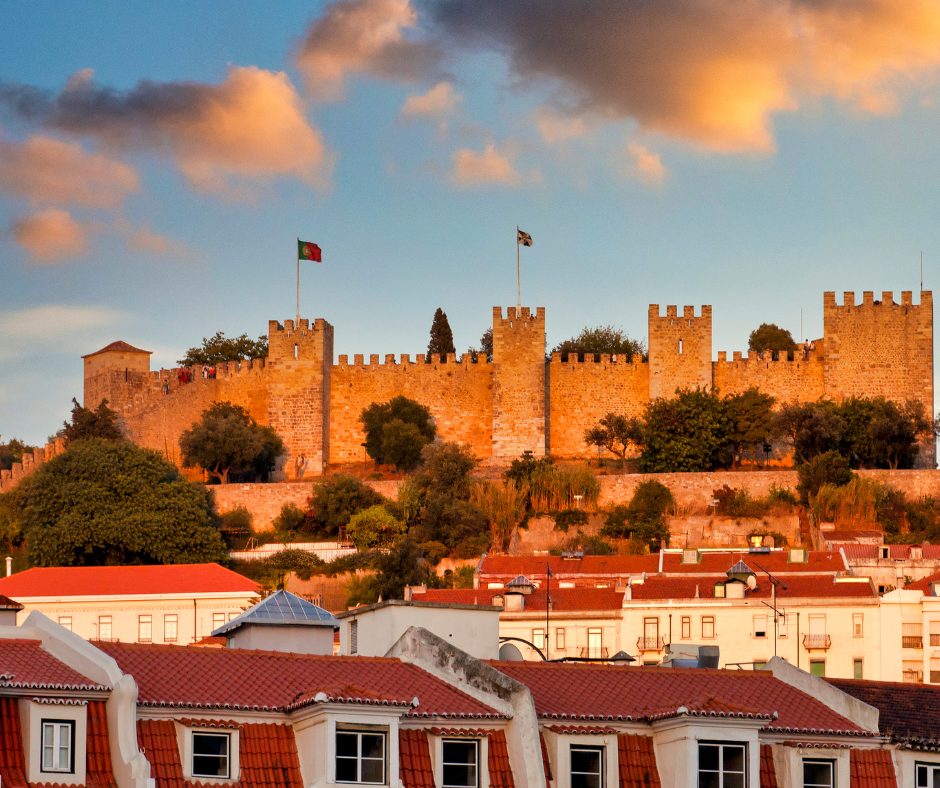
Lisbon Castle, also known as São Jorge Castle, was originally a fortification from the Islamic period. Located in the alcazaba of the small medieval citadel, it housed all of its administrative elite. Conquered by the first king of Portugal in 1147, the castle took on great importance as the administrative center of the kingdom, serving as the Royal Palace to house the king and his entire court. It was here that the country’s kings were proclaimed from the 14th to the 16th century. Over time, the castle fell into disrepair. However, it was declared a national monument in 1910 and underwent major reconstruction work in the 1940s, giving it the appearance we can admire today from the top of one of Lisbon’s hills.
Marvão Castle
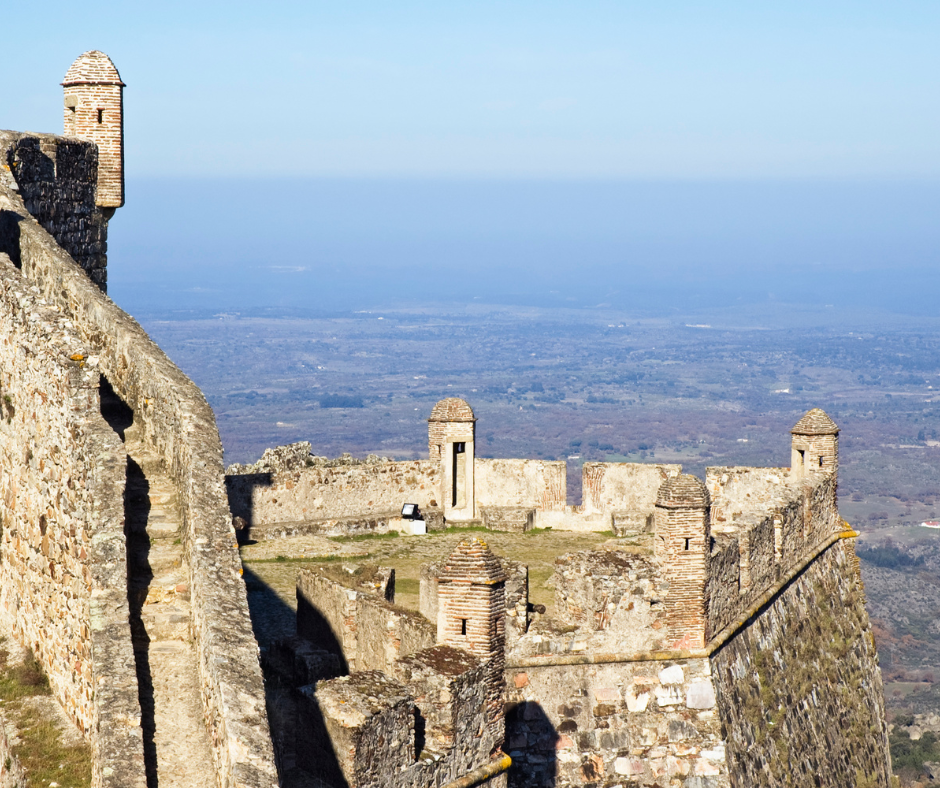
Located on a natural defensive point at the top of a steep mountain range more than 800 meters high, Marvão Castle was an important strategic point, as it allowed the enemy troops approaching the border to be spotted. It was conquered by the Portuguese in the 12th century and, after centuries of extensions and transformations, it took on the form it has today after the last intervention as a military building during the War of Restoration of Independence between Portugal and Spain.
The Castle of Monsaraz
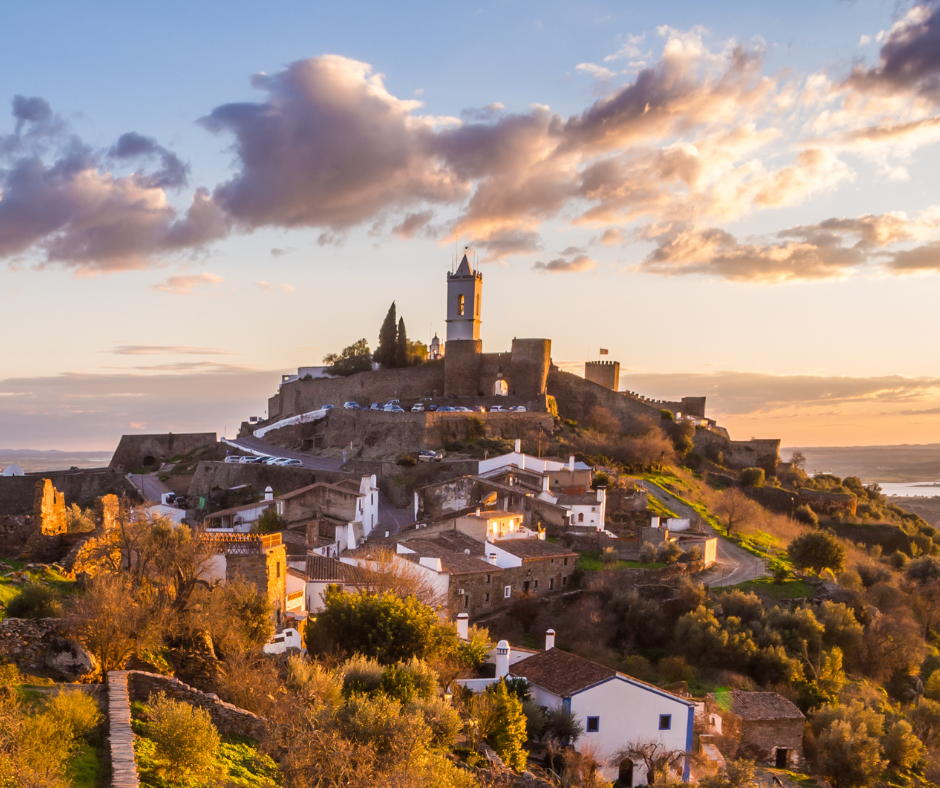
Located in the town of the same name, the castle of Monsaraz was an essential part of the defense of the border with the kingdom of Castile. Located at a strategic point (on top of a hill) it has a privileged view of the Alqueva dam. Before the Portuguese, led by Geraldo Sem Pavor, conquered this territory, it was controlled by the Muslims. After the advances and retreats of the Portuguese border and the Moorish domains, the town and its fortification were definitively conquered by King Sancho II, who ceded these territories to the Order of the Templars.
What’s the difference between a castle and a palace?
Palaces emerged in Europe during the Roman Empire as the official residence of a ruler, the first of which was that of Caesar Augustus in the first century, on Palatine Hill.
These buildings served as a home and leisure space, with halls and gardens. Castles, on the other hand, were built mainly from the 5th century onwards and were fortified constructions designed to protect their inhabitants. While palaces were more luxurious or elegant, located especially in the center, castles had a more practical function and were usually more isolated.
A Portuguese village is out of a fairy tale, for US magazine

